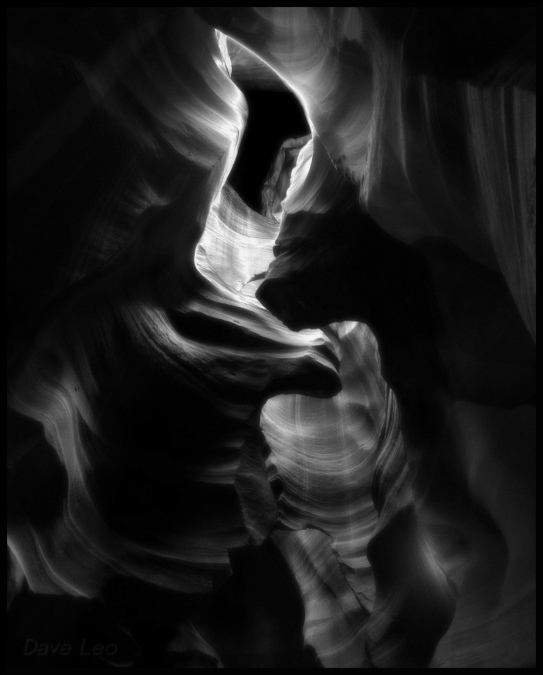KevinS
Established
All else aside, I do like the unbridled enthusiasm for the American landscape that he expresses in the corporate video. I think it's genuine.
All else aside, I do like the unbridled enthusiasm for the American landscape that he expresses in the corporate video. I think it's genuine.

...it's a sign of how degraded and perverted the world of High Art has become that it's so stripped of identity and substance that hucksters and carnie barkers can move in and set up shop.
I think it's a mischaracterization to say that Lik is part of the High Art world. The article makes clear that he in is almost no major museum collections. I doubt he will ever be seen at a Venice Biennale. Or even Art Basel or Art Basel Miami Beach, which ARE the real playgrounds for high-class hucksters and carnie barkers.
It's funny when my wife saw the 6.5 mil photo, her first reaction was "Whaaat, how much? For *that* ?"
yep the one she would've been selling 😀Let's be honest... is there a photograph in the world that would make your wife think that 6.5 million is a deal?
Lik now called "photography fraudster" by artnet.
http://news.artnet.com/art-world/ph...tnews&utm_source=022415daily&utm_medium=email
(emphasis mine)The secondary art market was the one subject that Mr. Lik was reluctant to discuss. Presented with the Artnet results and pressed for a comment, he said of his work, “It’s like a Mercedes-Benz. You drive it off the lot, it loses half its value.”

